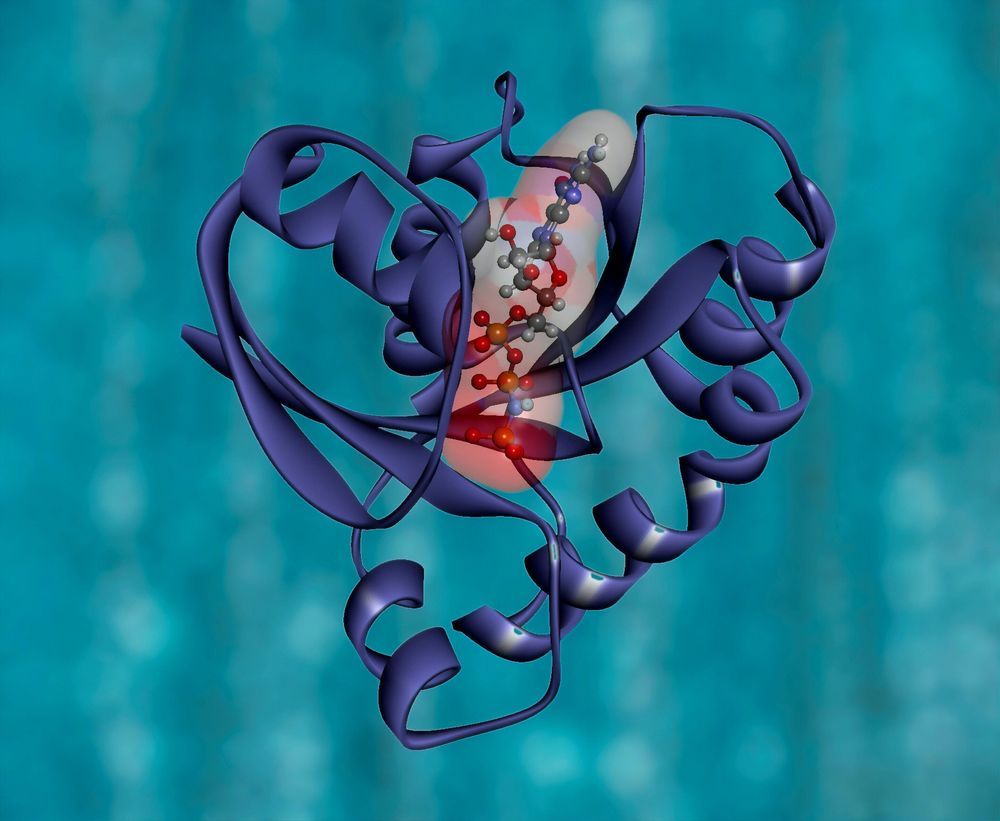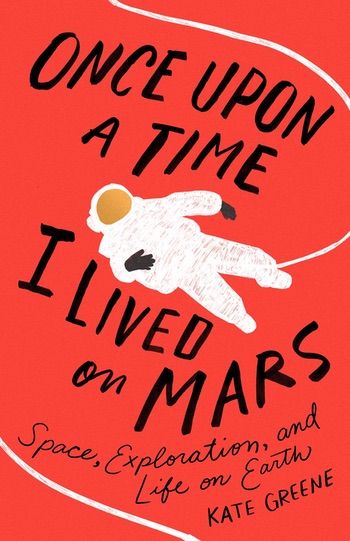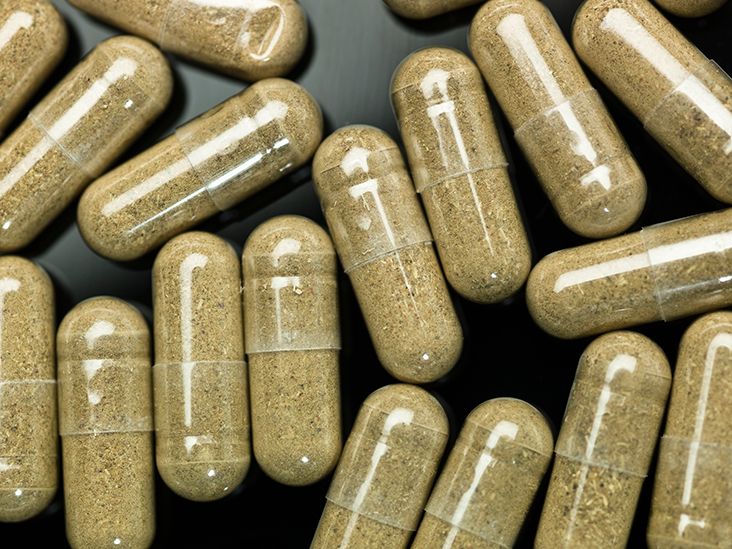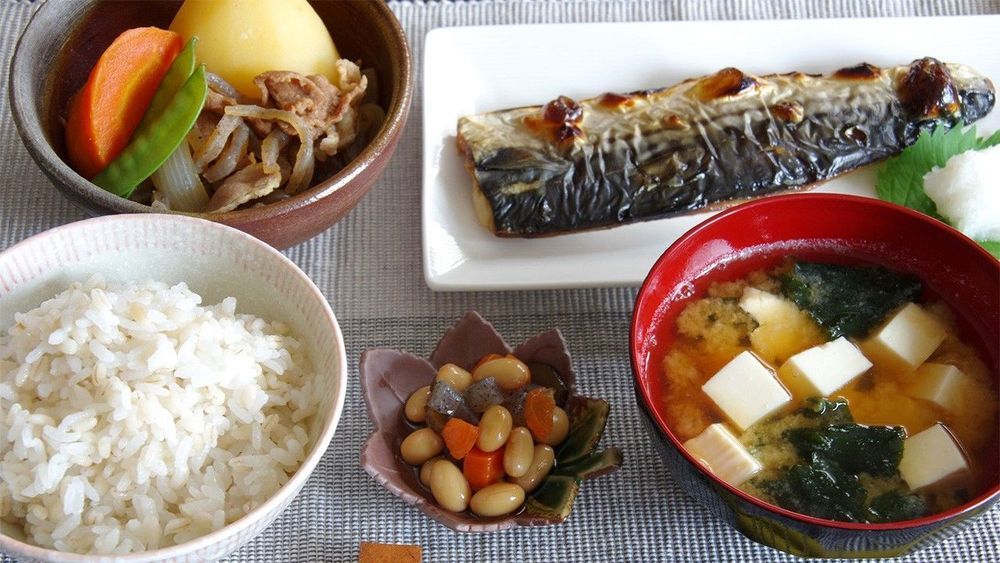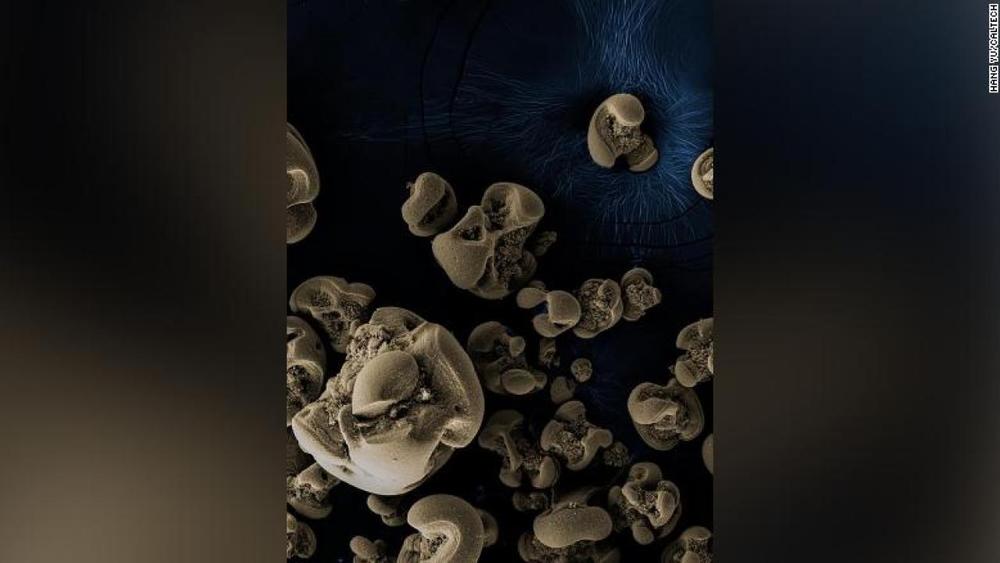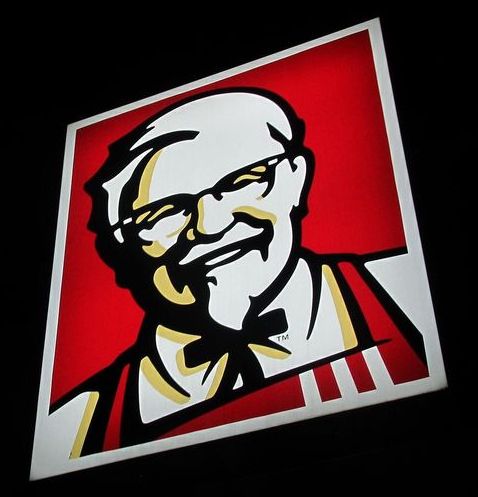Jul 26, 2020
‘Meat of the future’: KFC to ‘3D bioprint’ meat using ‘animal flesh cells’
Posted by Brent Ellman in categories: 3D printing, bioprinting, food
It’s happening…
MOSCOW — KFC has partnered with a Russian bioprinting company to bring 3D printed chicken nuggets to the table.
Coined as the “meat of the future,” the lab-created chicken meat is KFC’s response to the growing interest of healthy lifestyles, the rise in demand for meat alternatives and the increasing need to develop more environmentally friendly methods of food production.
Continue reading “‘Meat of the future’: KFC to ‘3D bioprint’ meat using ‘animal flesh cells’” »

